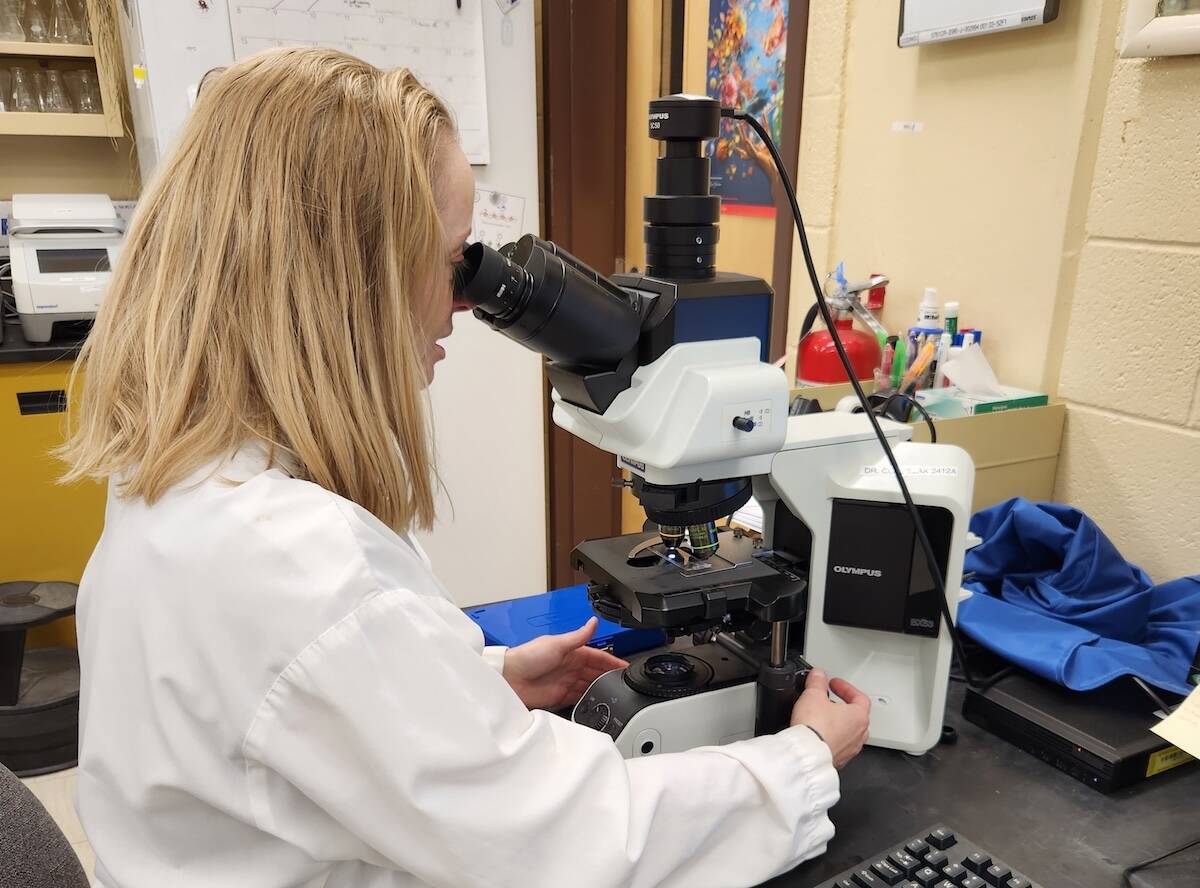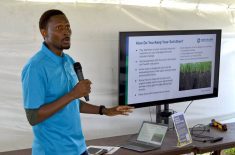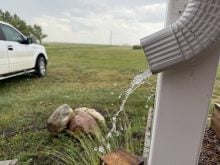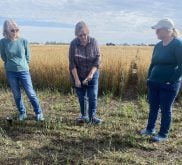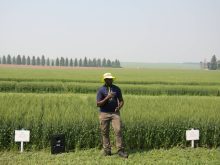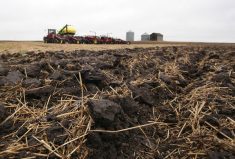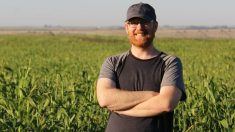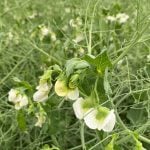Most of the activity in the soil happens in the first 15 to 30 centimetres, but there is a thriving world down under. Monika Gorzelak, research scientist with Agriculture and Agri-Food Canada in Lethbridge, is digging more than 60 cm below to uncover microbial communities that shape how carbon and nitrogen cycle through our soils.
“We assess the carbon stocks below 60 cm, and we found that, based on previous models, we’ve actually found that what’s there is a bit higher than what was predicted previously,” she said.
This was an interesting finding that made Gorzelak think about how microbes are transforming carbon in the soil. She is interested in researching what microbes are doing to facilitate carbon sequestration, hinder sequestration or hinder and support sequestration.
Read Also
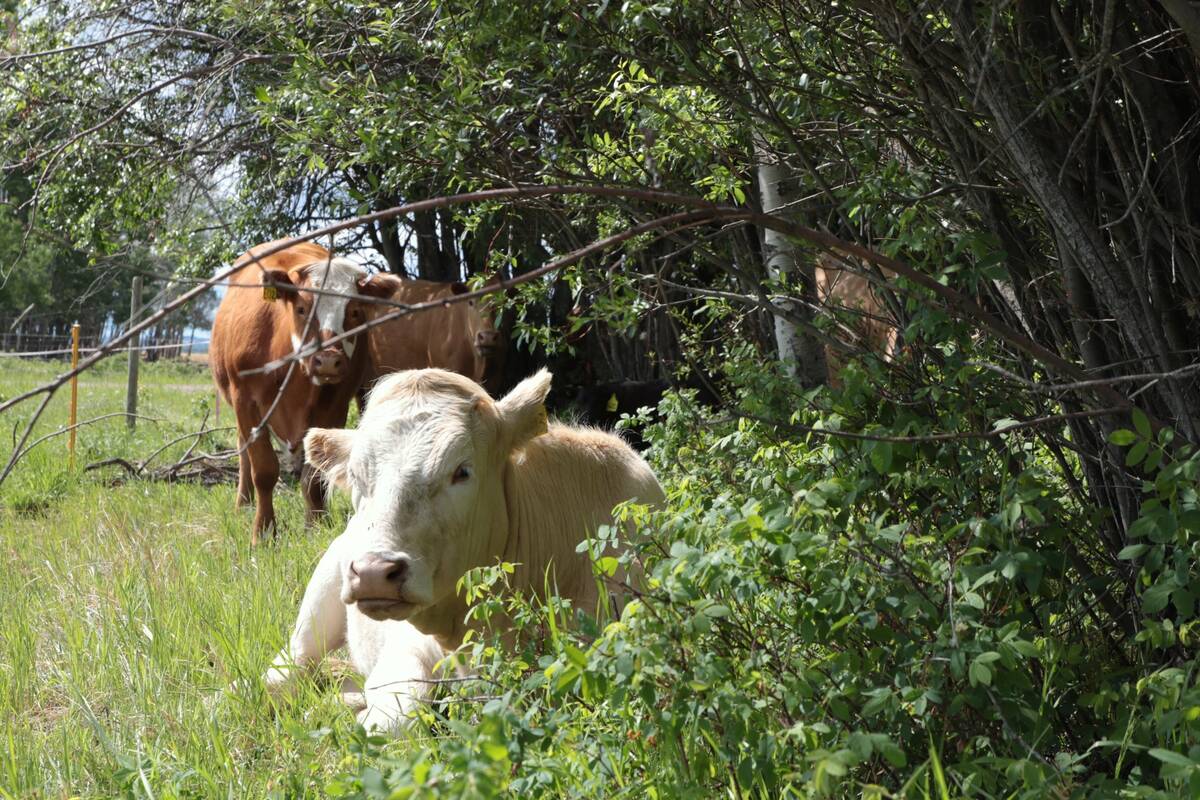
Hot tips for cow-calf beef farmers
From cattle vaccination and stomach ulcers to headline-making diseases like bovine tuberculosis: Thoughts from a long-time western Canadian veterinarian
“They are basically eating carbon as a food source, so they’re breaking it down and decomposing it. That releases CO2. That carbon gets lost as CO2 potentially, or it gets stored for the longer term, which is called soil carbon sequestration,” she said.
Microbes will eat fertilizer if the plants don’t, so they contribute to an uptake of nutrient use efficiency or a reduction in nutrient use efficiency. Gorzelak stressed this is why it is important to follow the 4Rs.
“Nitrogen is food for microbes as well. They will gobble it up, transform it into something that is not as useful for the crop,” she said.
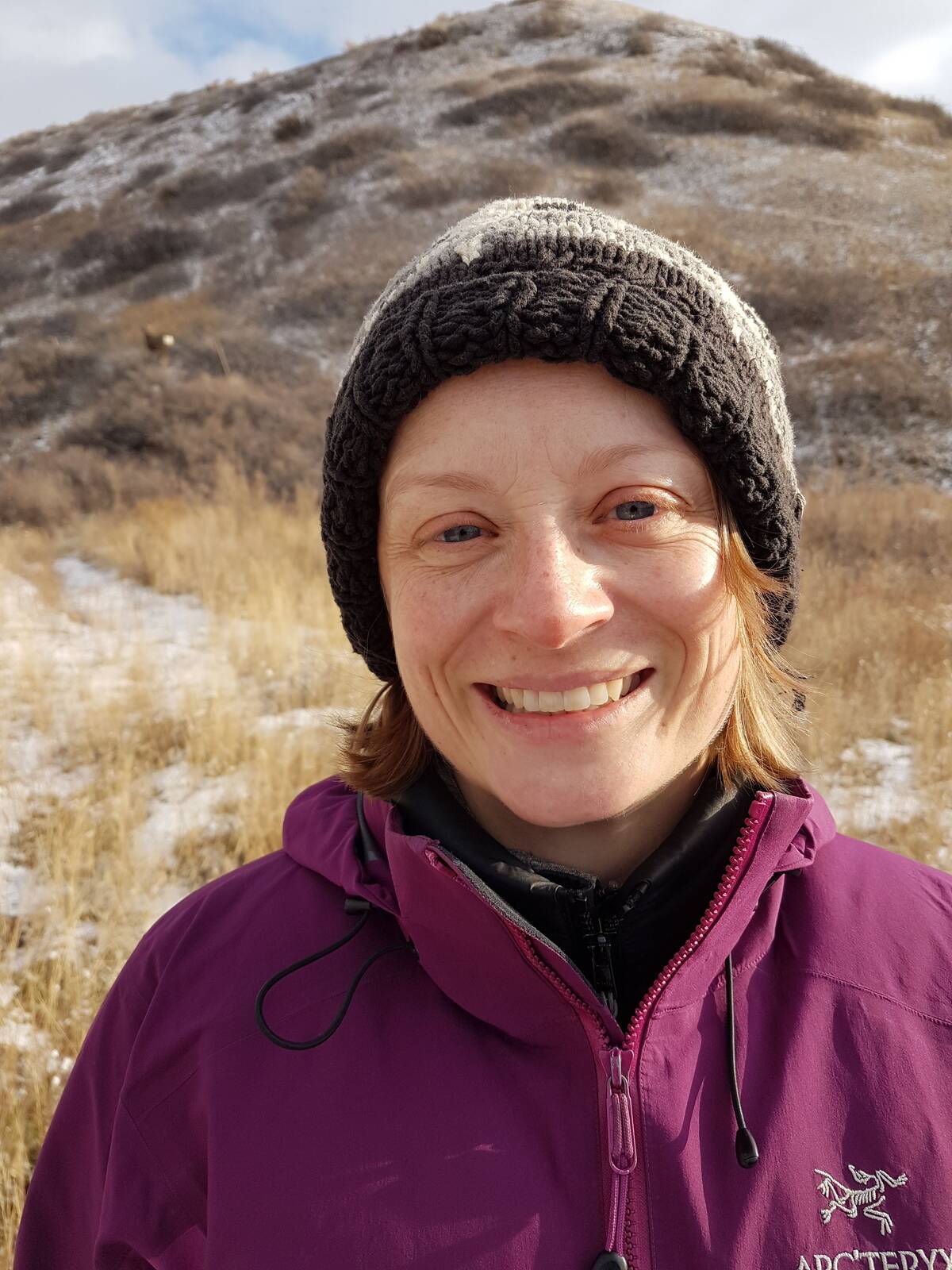
Researching the deeper soil depths can help define the parameters under which soil carbon is retained and prevented from emission as greenhouse gases.
Regenerative farming practices reshape the fungal communities and carbon compositions even at 60 cm below.
Gorzelak is studying the land of a farmer who has been practicing regenerative agriculture since the 1980s.
“We just did an across the fence comparison, and found a lot more undecomposed carbon, below the 60 cm, under regenerative management. That’s something we’re trying to publish right now. We’ve written the paper and we’re trying to get it out at this point,” she said.
Gorzelak also looked at microbial communities under regenerative agriculture and non-regenerative agriculture.
“The bacteria weren’t very different, but the fungi were quite different under those two conditions. Fungi are associated with breaking down different carbon compounds,” she said.
The composition of the carbon under regenerative management was considerably less decomposed.
“I don’t exactly know how it’s happening yet, but it looks like above ground regenerative management seems to correlate with more carbon sequestration below 60 cm,” she said.
This study wasn’t replicated, so the team is planning to sample a long-term study site at Lethbridge. The site includes the carbon sequestration study, which has been going on since 1993. It is both random and replicated. The site will be home to wheat, fallow, continuous wheat, native grass and perennials that continue to grow.
“We’ve been able to sample those and we’re working with those samples right now, and we’re doing a few additional techniques to try to grasp differences,” she said.
“There’s a lot of data associated with that study that we can leverage as well to understand to what’s going on. That replication is just going to be a little more powerful. We’re going to try to capture some of those microbes and characterize them a little better,” she said.
In a soil profile, there is an organic layer, an A horizon, and perhaps a B horizon, depending on the soil type.
Deeper below, there is less activity and less carbon.
“We acknowledge there is more happening at the top in terms of things that matter to crops. You want to fertilize where the roots are. They’re going to be at the surface, in the top layer, essentially, and that’s just where most of the research in agriculture has been done,” she said.
Some compounds deep in the soil stick around, but experiments have shown a bacteria or fungi will break it down.
“There’s always some organism that’s evolved to break these things down. I mean, we’re even finding organisms that can break things down that we’ve created, like plastics.”
The metabolic capacity of microbes is astonishing, she said.
“It’s really not that it’s the type of compound, I think it’s more of the circumstances or the environmental characteristics, essentially, that are created deeper down that are contributing to carbon sticking around for the longer term.
“It’s almost like trying to create systems that are a bit slower and emulate more natural or native ecosystems that were here previously,” she said.
Gorzelak’s research is helping to refine the Denitrification Decomposition model (DNDC), which predicts how much carbon and nitrogen processes essentially emit greenhouse gases.
Loss of nitrogen to off gassing or to leaching can cause financial losses to farmers, she said.
The DNDC is a model and a tool that’s used to predict loss under different conditions.
However, the model is not designed to understand what is happening with the microbes.
“Part of what we’re trying to do is generate data and an understanding of the systems, essentially how microbes are going to respond,” she said.
Gorzelak wants to find out which microbes are below 60 cm, how they respond, and if they contribute to greenhouse gas emissions and loss of fertilizer, soil carbon or soil organic matter.
Doing deeper soil research helps to understand efficiencies.
The better your soils, the fewer inputs you must put in, she said.
“It’s hopefully building a more resilient system if we can find management practices above ground that can influence stuff below 60 cm,” she said.
The models have shown about 15 per cent of soil organic carbon is below 60 cm, and it’s unlikely to be tilled.
“Understanding what is going on at that level, even though it’s a small percentage of the overall activity, does hold the potential, on a large scale to have a positive impact,” she said.


